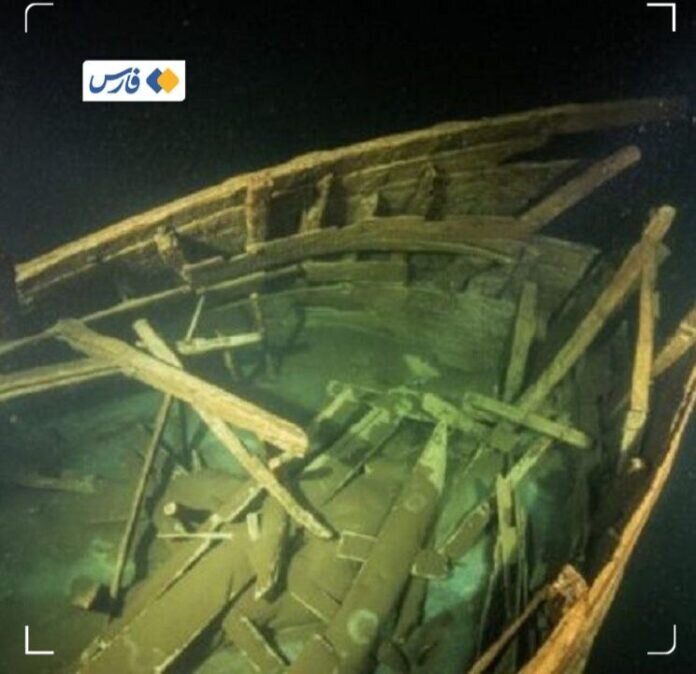Centuries-old shipwreck found off Caspian Sea coast

TEHRAN – A centuries-old shipwreck has recently been discovered off Iran’s coast in the Caspian Sea.
“The remnants of a ship, which based on initial estimations date back to a time between the late Safavid era and early Qajar era, has been discovered off the coast of the Caspian Sea in Gilan province,” the deputy provincial tourism chief Vali Jahani said on Wednesday.
“Measuring 48 meters in length, the shipwreck was found 300 meters off the coast of Astaneh-ye Ashrafiyeh.”
“Evidence indicates the ship had probably left Russia for Iran and then it was docked in this area. However, the vessel was no longer used due to unknown reasons.”
“Most of the ship is currently buried under the sand. . . and more expert studies are needed to obtain accurate detail.”
“The ship may date from a time between the late Safavid era and early Qajar era based on comparisons being made with other vessels [so far been] discovered off the Caspian Sea coast.”
The official expressed hope that a large extent of laboratory studies and detailed archaeological digs would shed new light on the mystery of the ship.
According to Encyclopedia Iranica, exploitations of the Caspian sea developed only slowly and gradually after the Islamic conquest of Persia. During almost two centuries the mountainous barrier of the southern Caspian sheltered important pockets of indigenous resistance and several independent Zoroastrian principalities, which blocked the predominant Persian Islamic civilization of the plateau from access to the sea.
Commercial relations between the Muslim successors to the Sasanians and the inhabitants of the northern steppes were at first conducted via the established stages of the land route to the west of the Caspian. This orientation did not favor maritime activity or even a quest for detailed knowledge of the sea.
Bounded by the Caspian Sea and the Republic of Azerbaijan on the north, Gilan, in the far past, was within the sphere of influence of the successive Achaemenid, Seleucid, Parthian, and Sassanid empires that ruled Iran until the 7th century CE.
Sophisticated Rasht, capital of Gilan province, has long been a weekend escape for residents of Tehran who are looking to sample the famous local cuisine and hoping for some pluvial action – it's the largest, and wettest town in the northern region. Gilan is divided into a coastal plain including the large delta of Sefid Rud and adjacent parts of the Alborz mountain range.
AFM

Leave a Comment